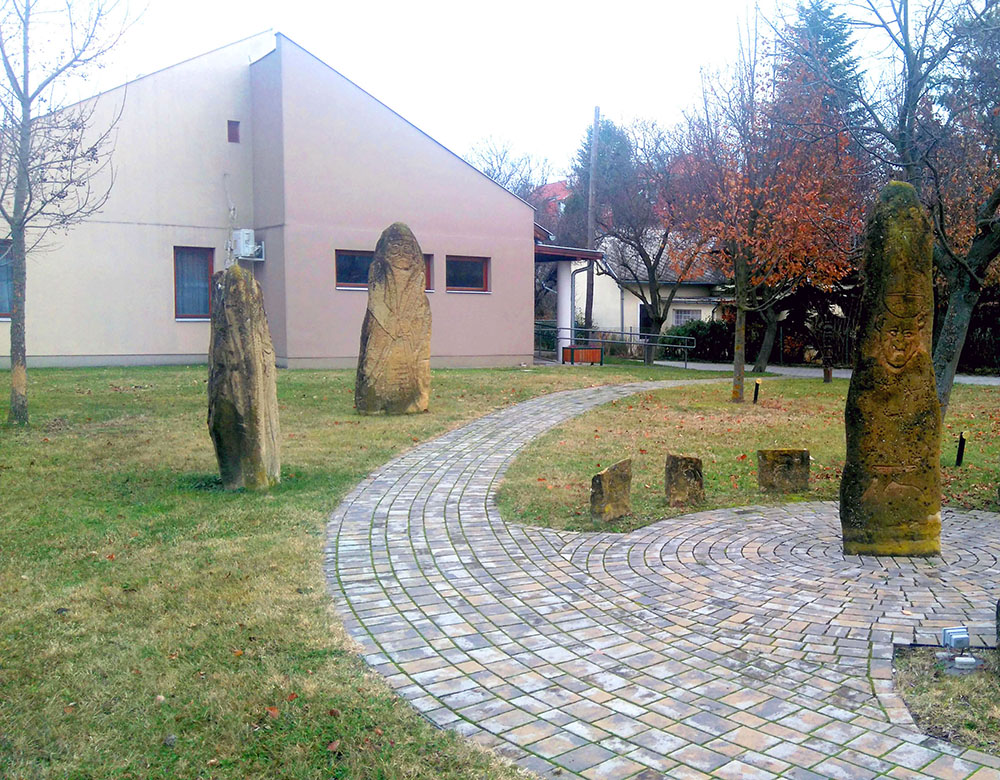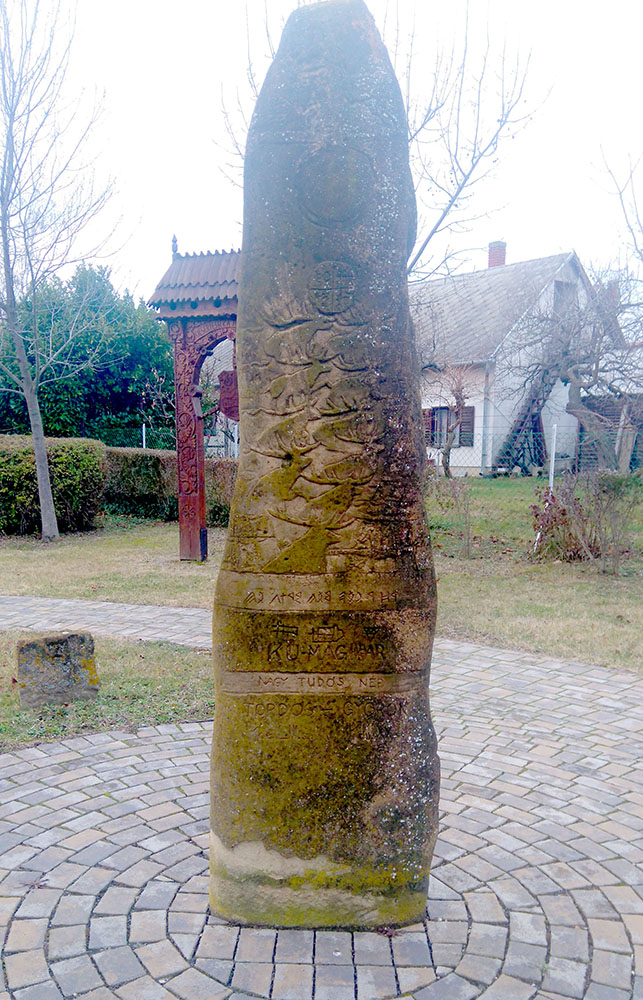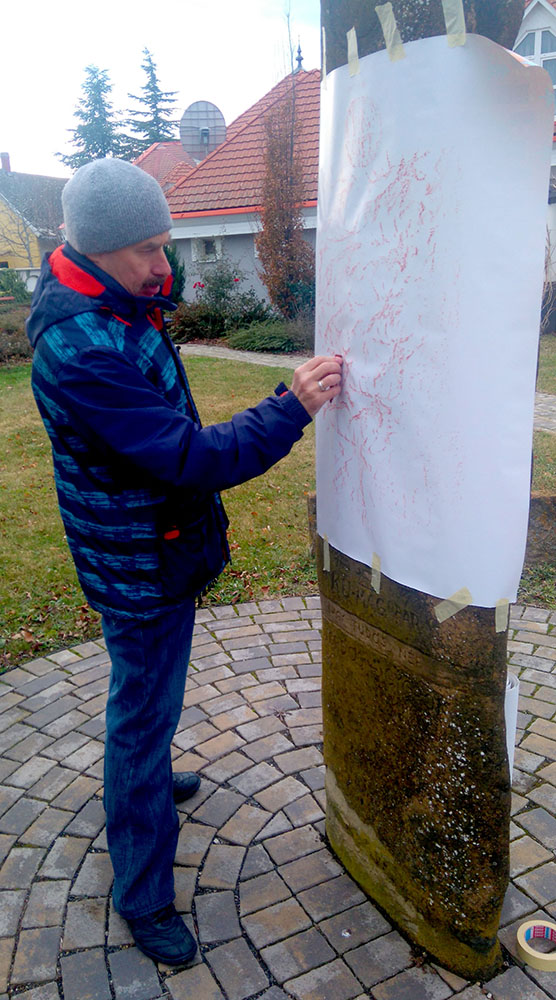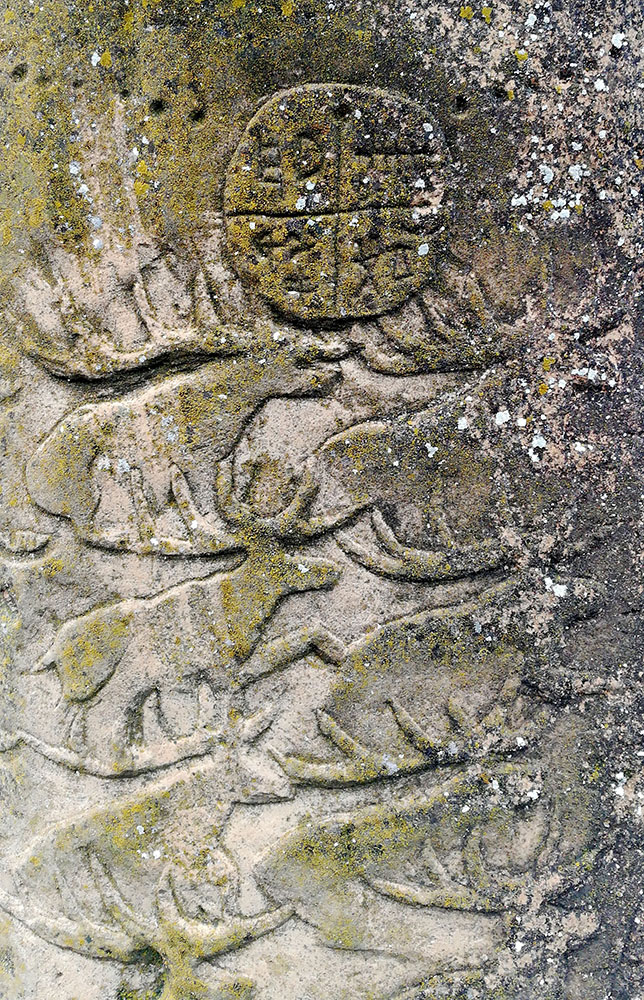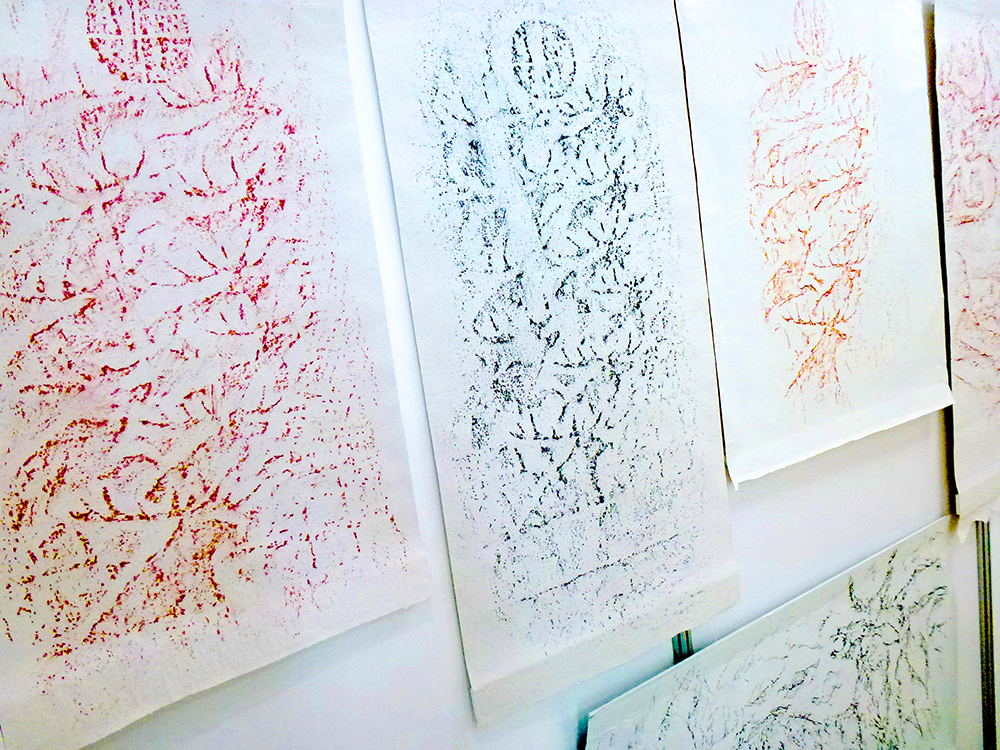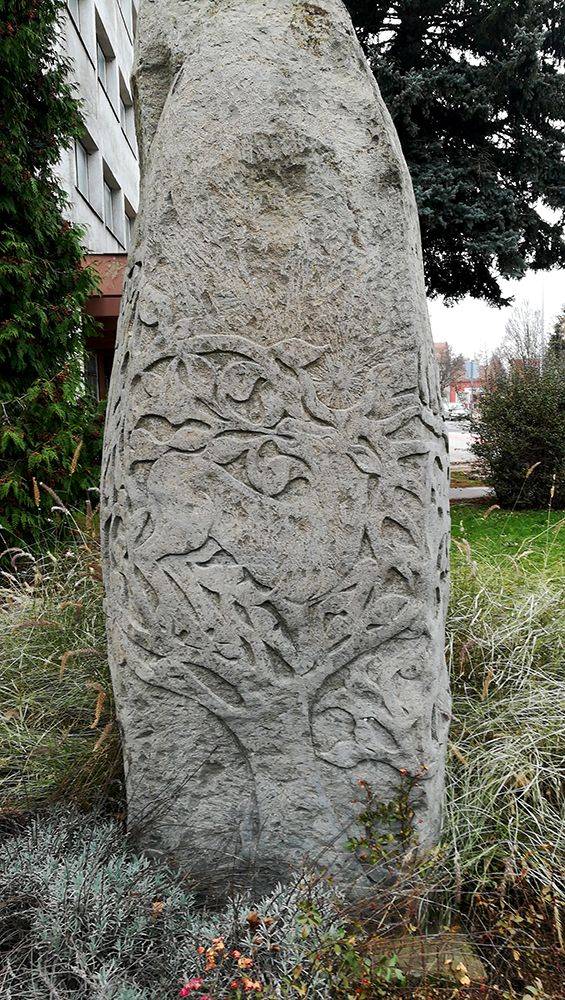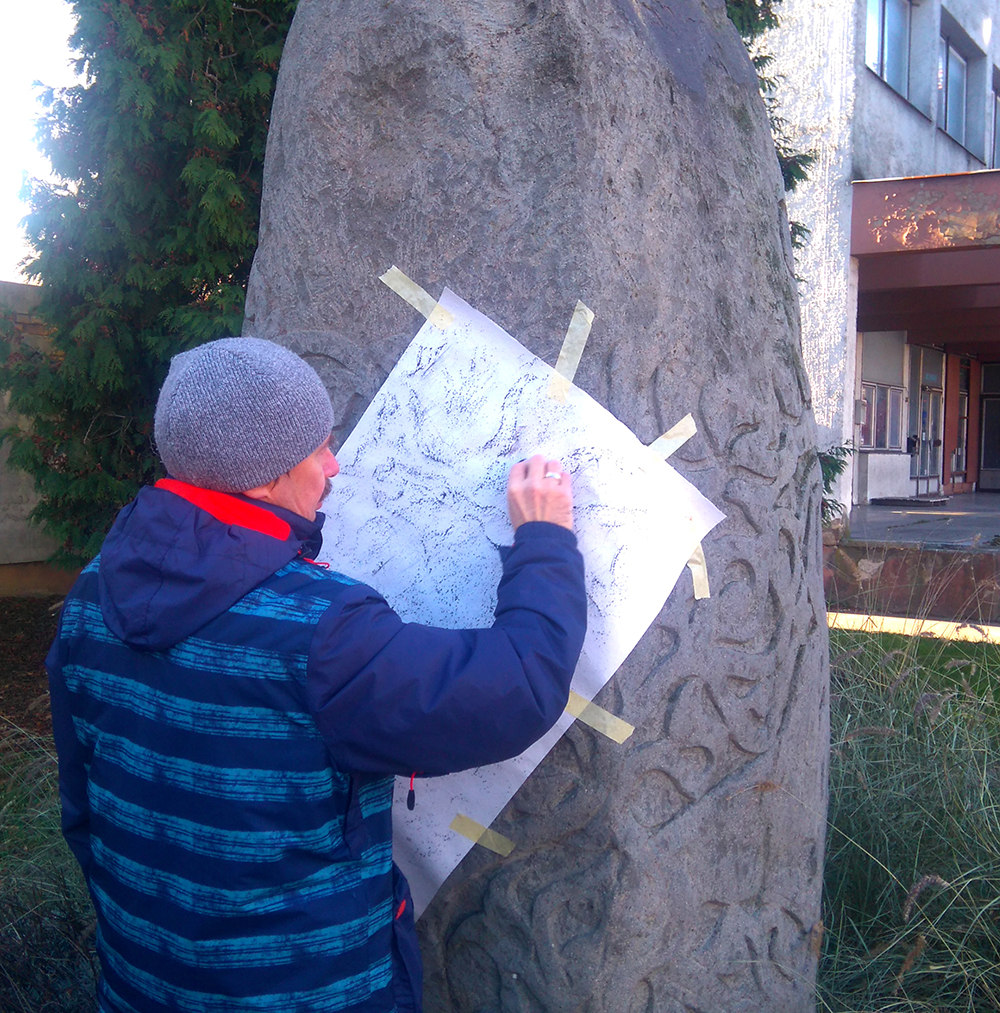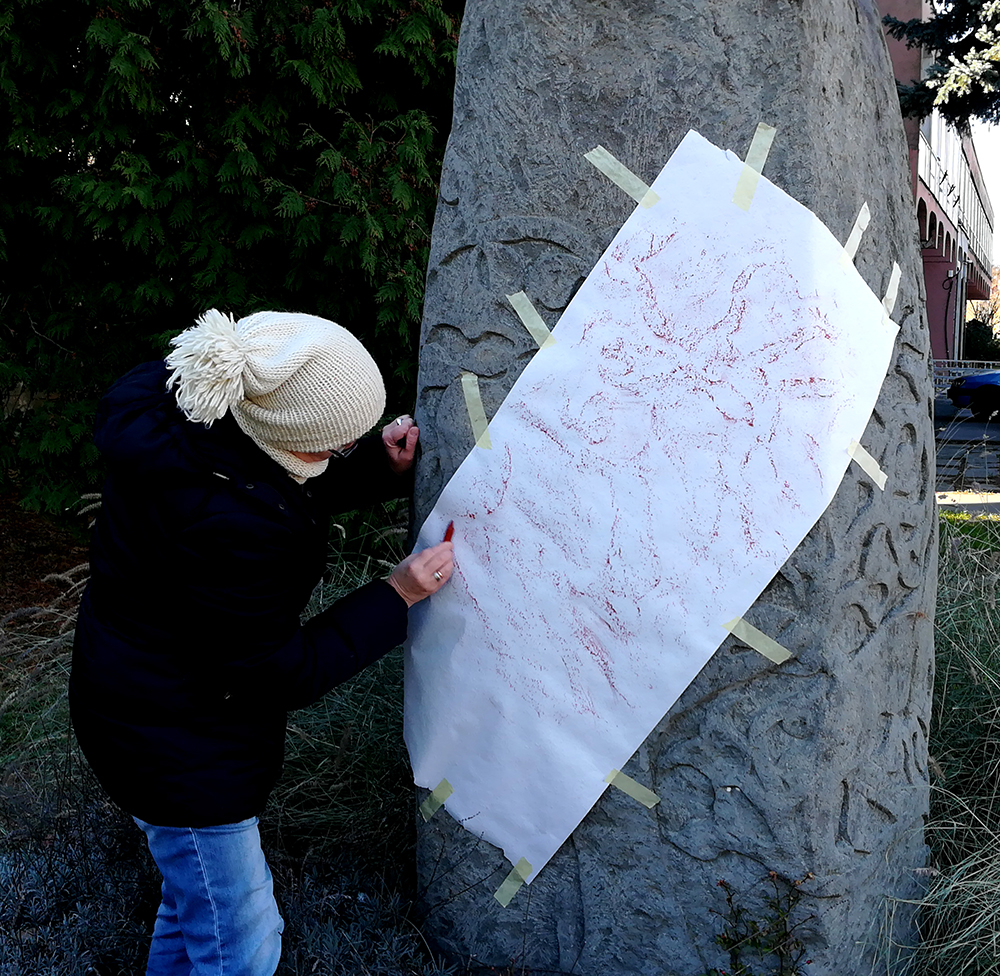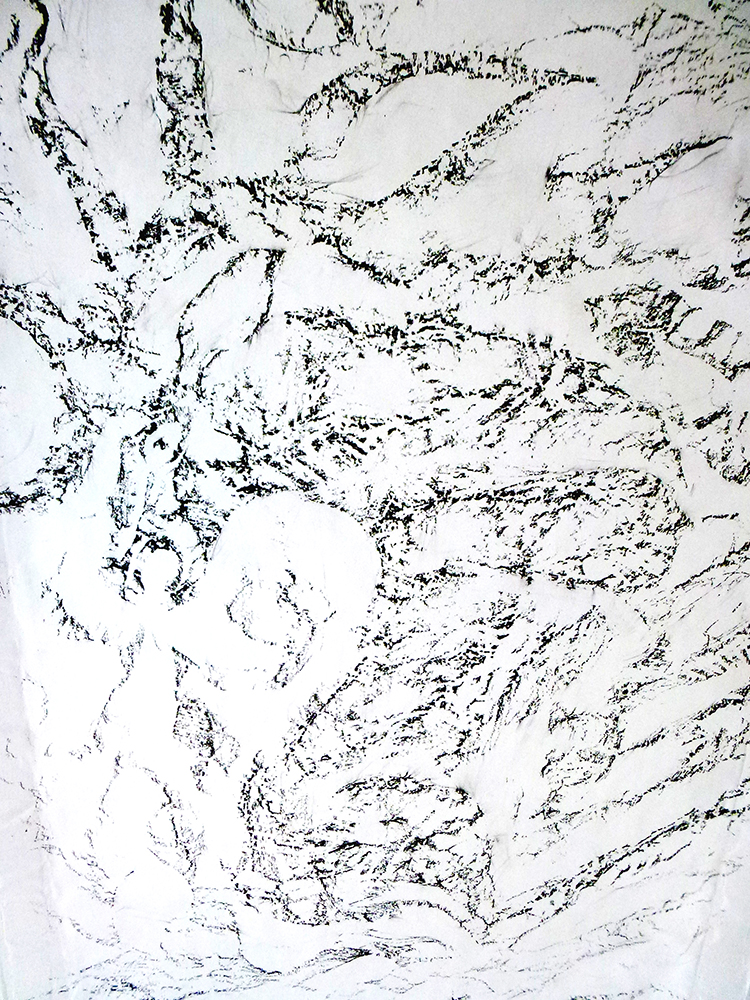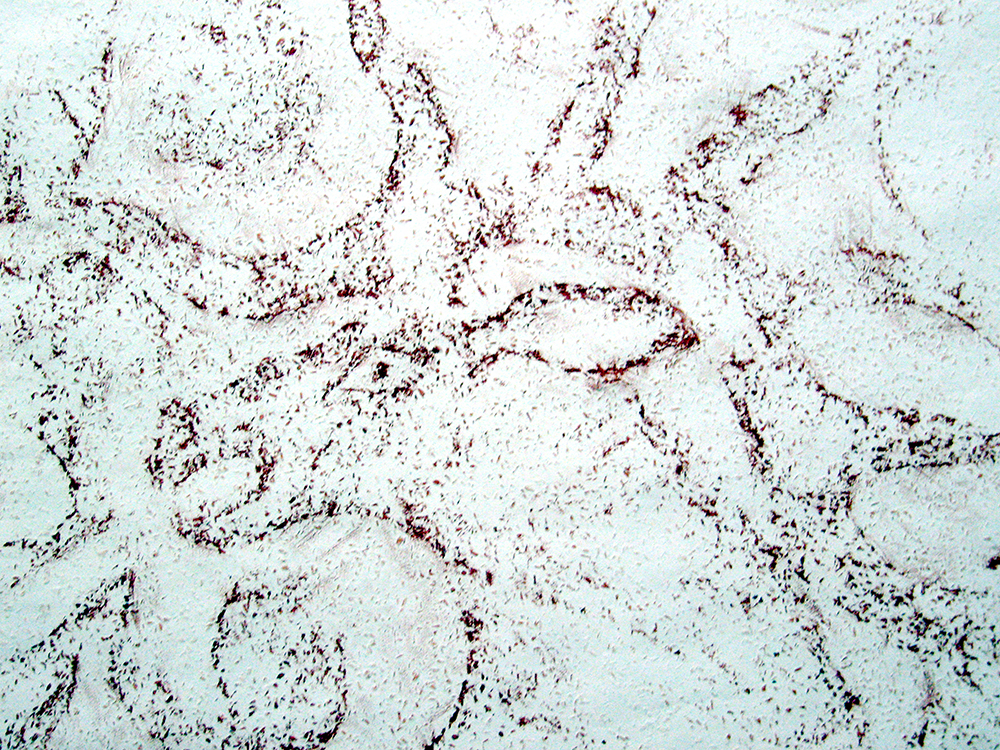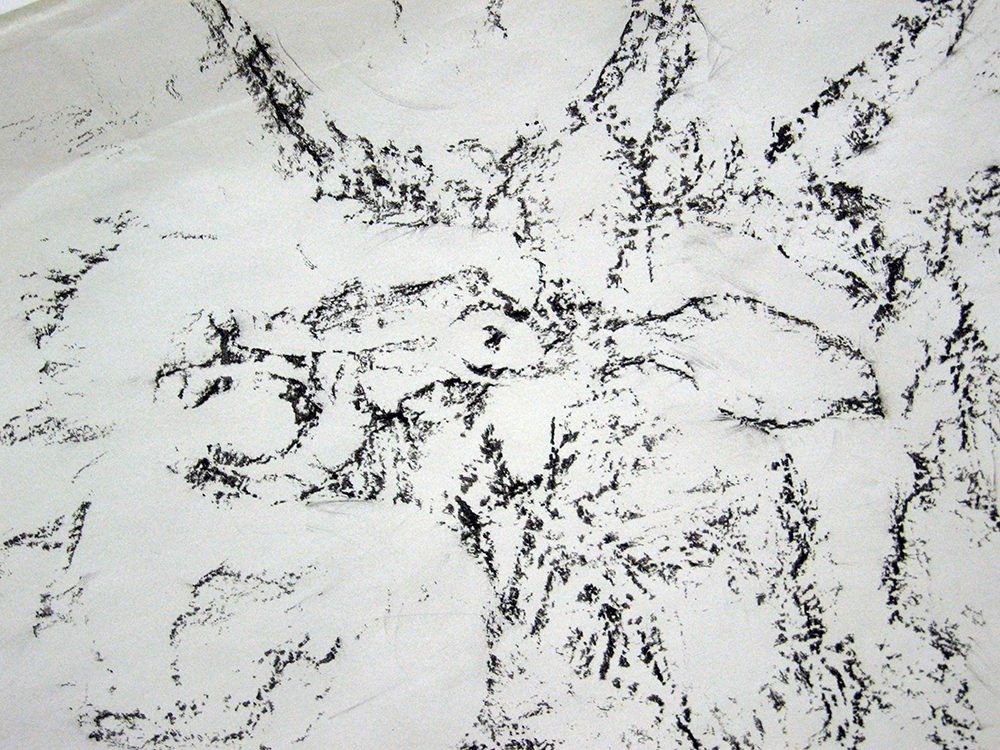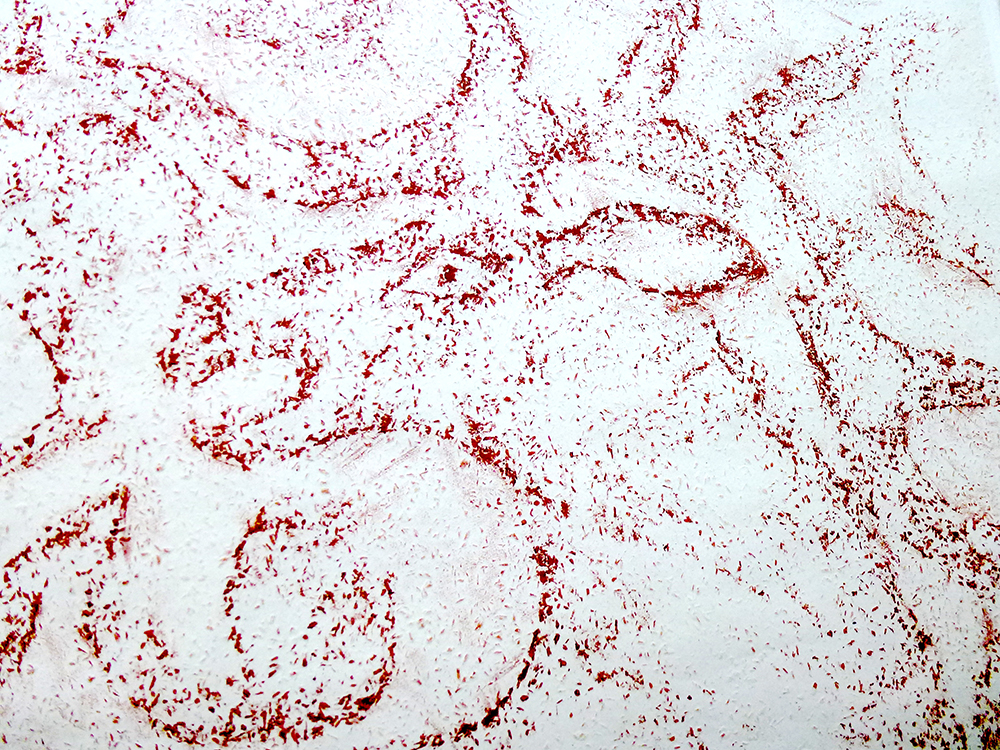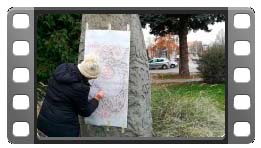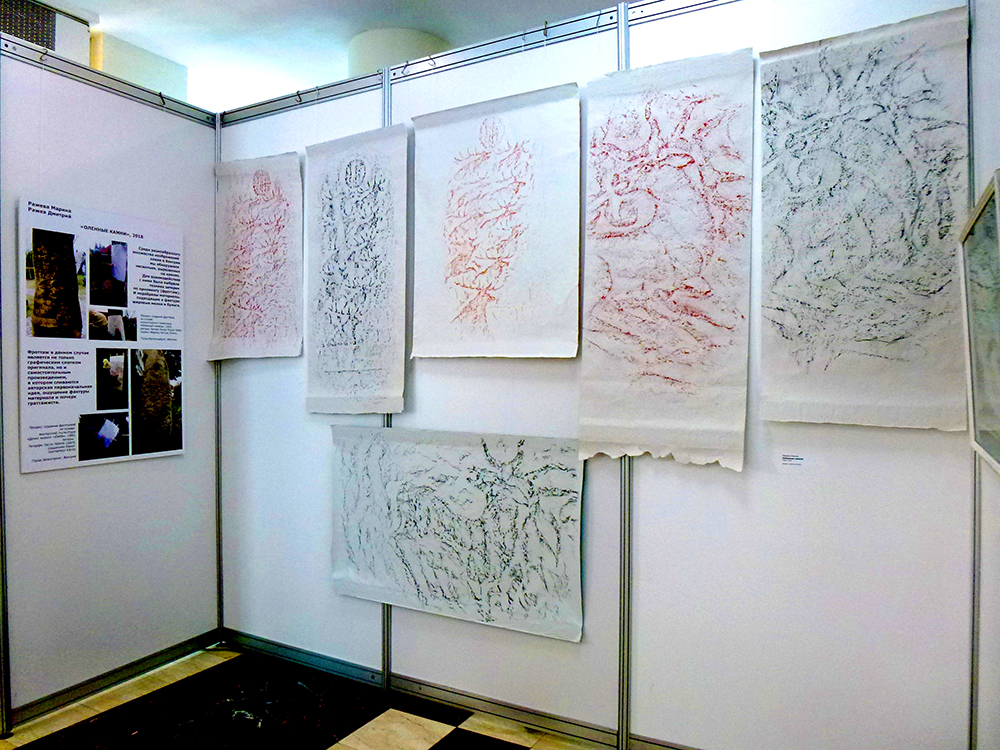Hungary
2018, 2020, 2021, 2024
The project, developed in collaboration with Dmitry Razev, is dedicated to exploring the phenomenon of deer stones — both ancient and contemporary, archaeological and symbolic, real and imagined. In our work, we combine artistic and scientific approaches: we research, document, interact with, and interpret these stones through the method of Revealed Realism.
What Are Deer Stones?
Deer Stones (Mongolian: Буган чулуун хөшөө) are stone stelae, often featuring anthropomorphic traits, with depictions of flying deer and other carvings. They range in height from 1 to 4.5 meters. These megaliths were created by ancient societies that existed between 1200 and 700 BCE in the territories of Mongolia and adjacent regions of Siberia.
Deer hold a prominent place on nearly all deer stones. The image is based on the Siberian subspecies of red deer (Cervus elaphus sibiricus). Early stones show very simple depictions of deer; over time, the drawings become more detailed. A gap of 500 years leads to the emergence of complex images of flying deer. The deer are depicted specifically as flying through the air, not merely running on the ground. Their antlers become elaborately decorated, featuring extensive spiral patterns that can cover the entire deer. Sometimes the antlers hold a solar disc or another sun-related symbol.
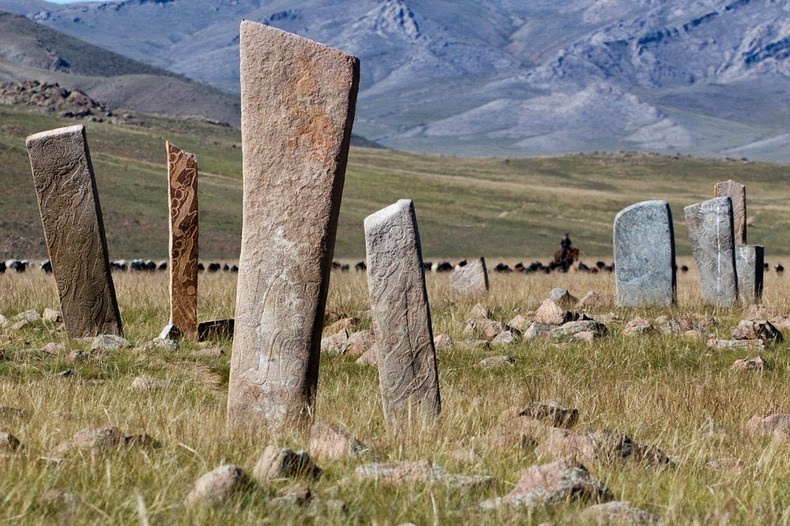

The tops of the stones are usually rounded or flat, often carved at an angle. Human faces appear much less frequently. When present, they are sometimes represented symbolically by a few neat diagonal strokes (//, ///).
Deer stones were part of the sacred rituals of ancient societies. Although the specific forms of megalith usage in rituals of these ancient cultures have not been fully established and may have varied across regions and throughout the 500-year period, there is no doubt that they played an important role in mediating the interaction between the human world and higher powers. The use of deer stones in religious ceremonies was known up until the early 20th century. [1 2]
Modern “Deer Stones” of Hungary
It is remarkable that Hungary is home to contemporary sculptures that closely resemble ancient deer stones in form, content, and symbolism. As part of our project, we explored several such monuments: photographing them, researching their creators, contacting local information services, documenting our findings, and engaging with the works on a creative level.
“Tree of Life” (Életfa)
Artist: Péterfy László, with the collaboration of Szerdahelyi Károly
Year of Installation: 1980
Location: Zalaegerszeg, Petőfi utca 39.

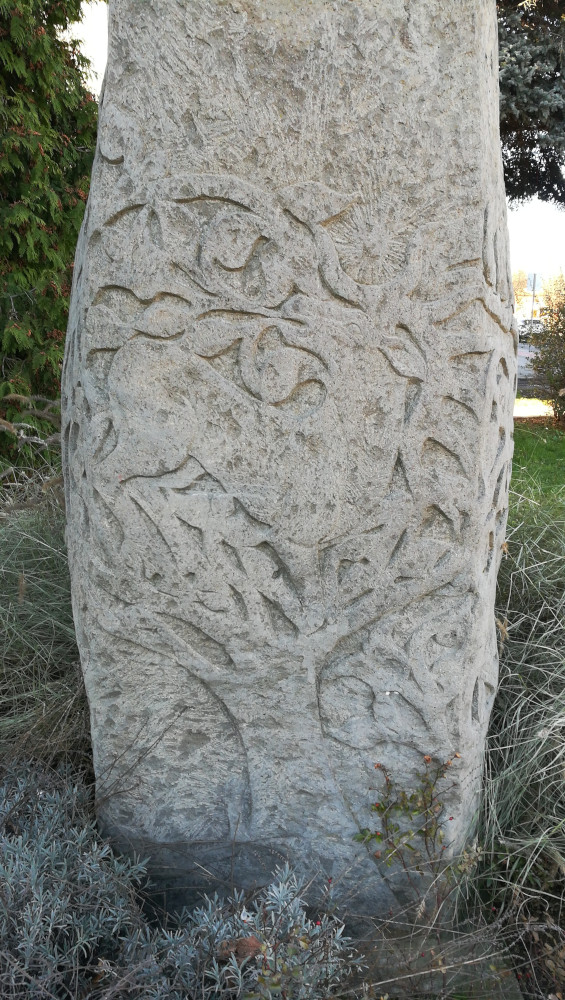

The sculpture was originally installed in 1980 in the square in front of the Zalaegerszeg Town Hall. In 1989, with the placement of the equestrian statue of Zrínyi in that same square, the Életfa was relocated to a small park at the corner of Ady Endre and Kisfaludy Sándor Streets. However, this would not be its final site. On May 5, 2022, the sculpture was moved once again—this time to its current location at Petőfi utca 39, in the courtyard of the Zala County Regional Organization of the National Hungarian Hunting Chamber and the Zala County Association of Hunters and Hunting Enterprises. After restoration, it is once again open to the public.
Description:
Carved from an 8-ton sandstone block that tapers toward the top, the sculpture is covered with animated scenes of life. Mythical and folkloric figures of humans and animals intertwine with gently swaying plants and trees. On the front side, a stag is depicted with a solar disk between its antlers. [1 2 ]
“The Conquest of the Homeland” (Honfoglalás)
(Also known as: “Deer Stone” (Szarvaskő))
Artist: Harmat Ferenc, with the participation of Piszter Péter
Year of Installation: 2003
Location: Balatongyörök, Kossuth Lajos u. 29
This sculptural group is situated in a small park within the courtyard of the municipal building complex.
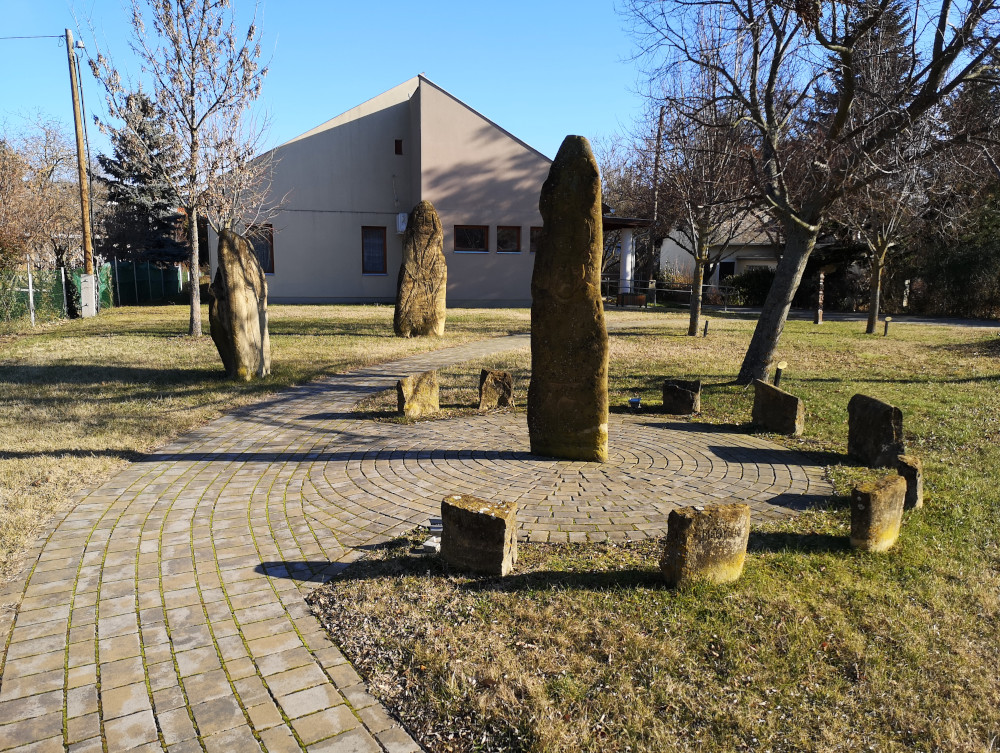
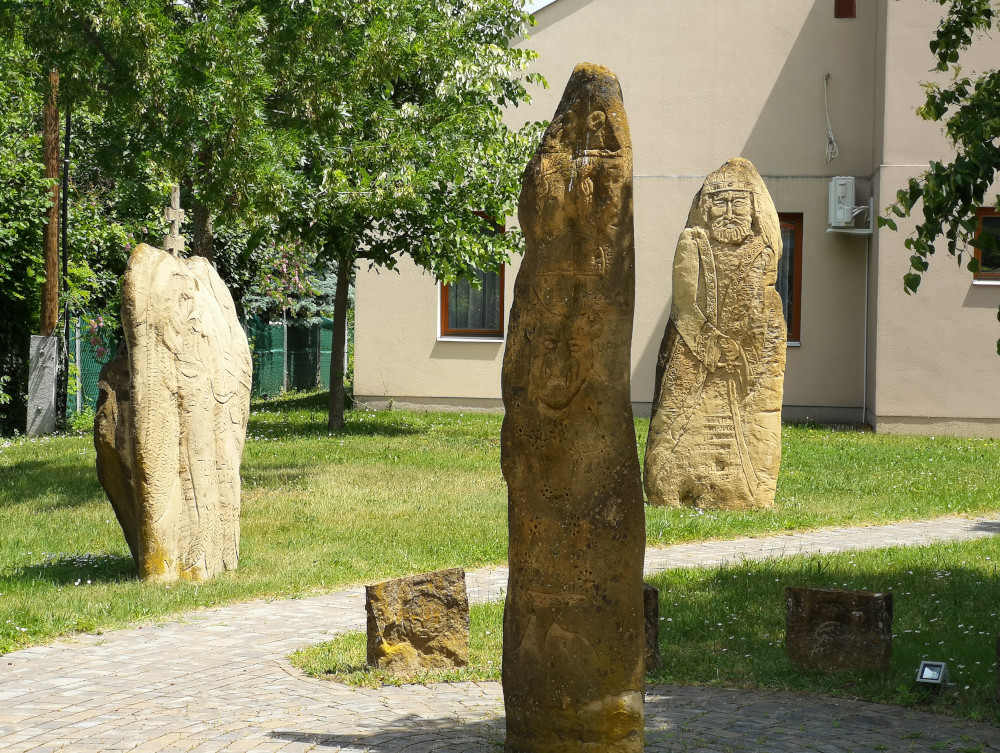
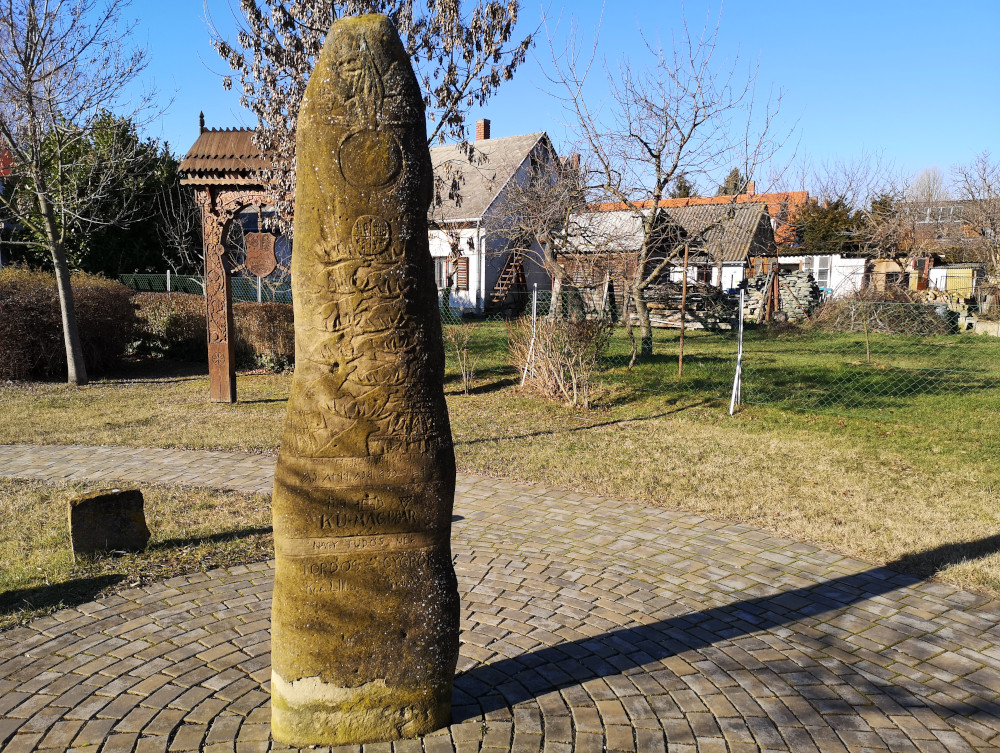

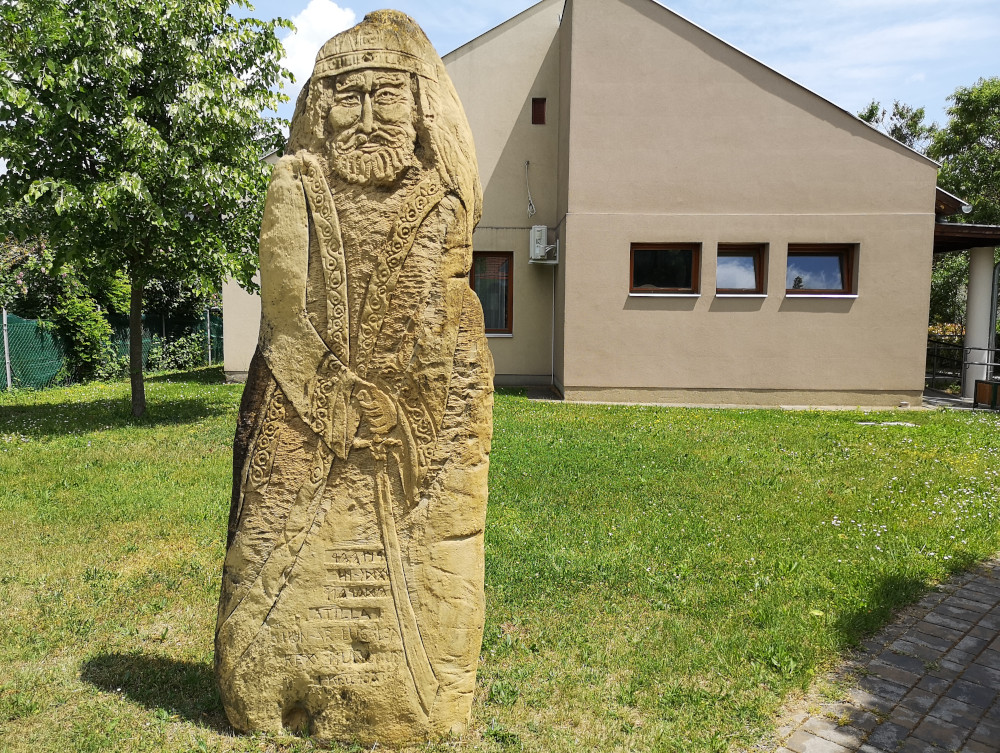
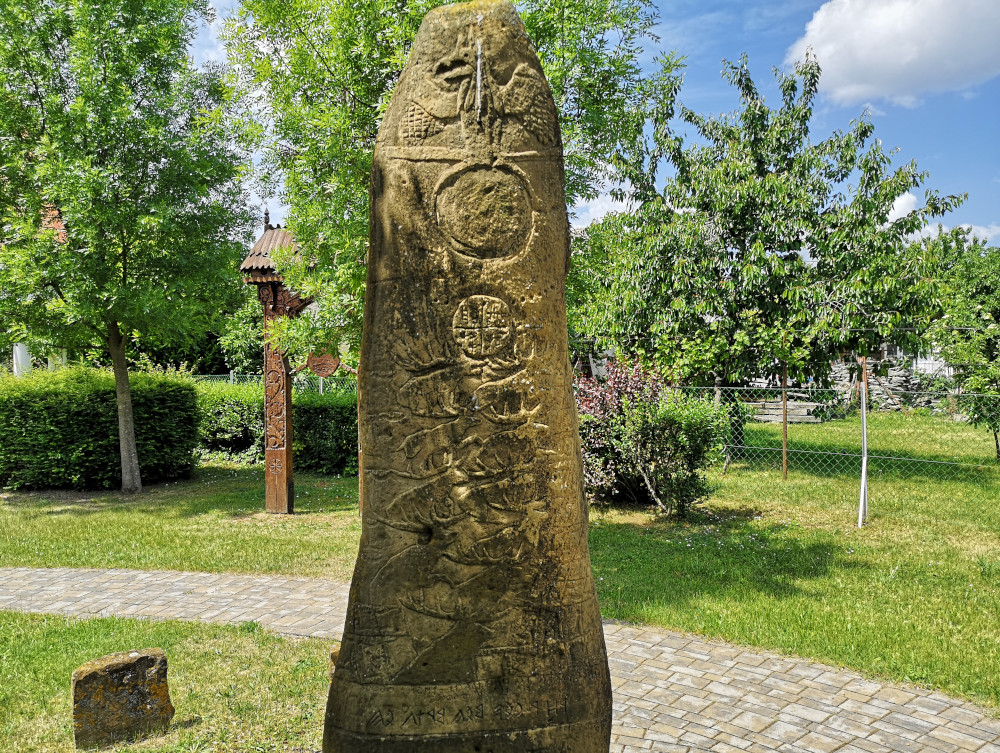
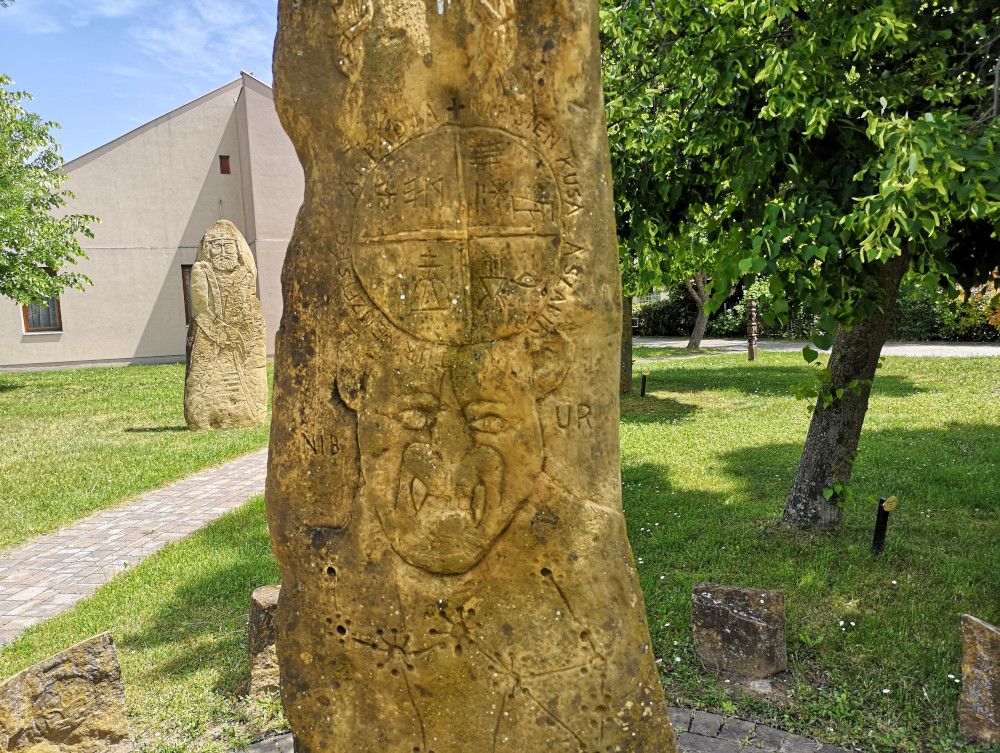
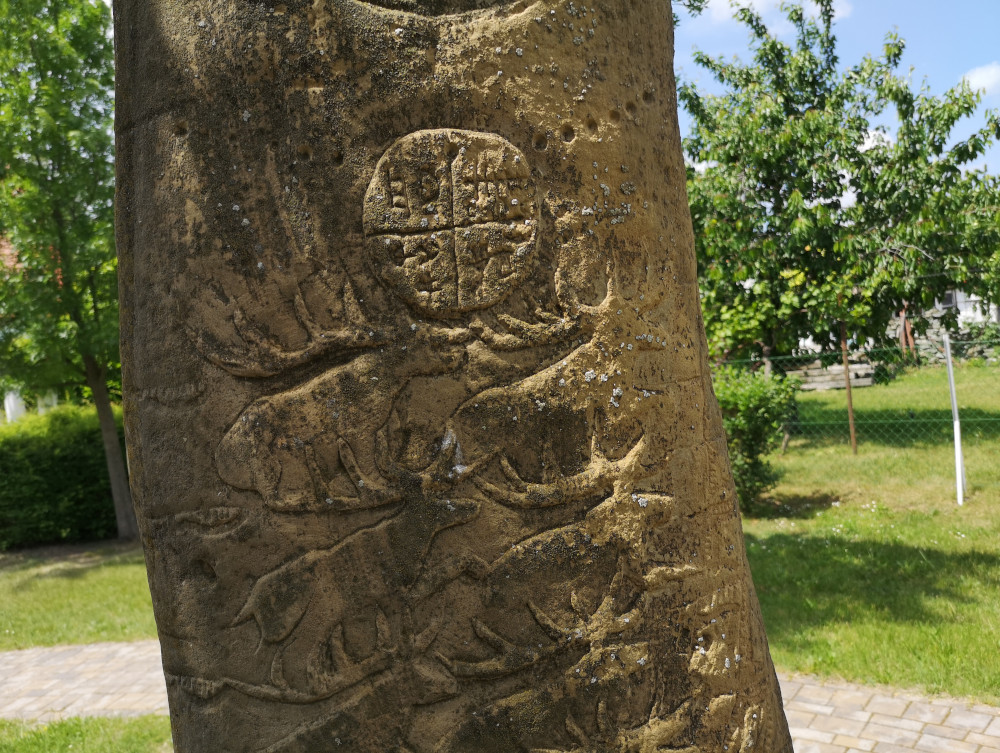
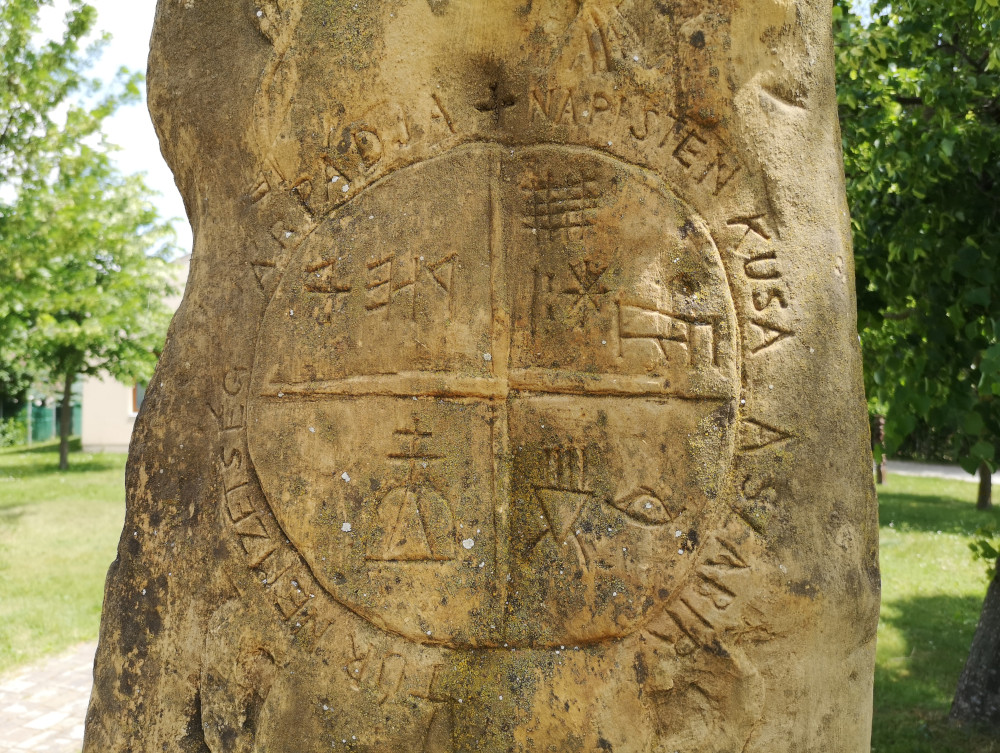
Description:
The sculptural ensemble consists of three large engraved sandstone monoliths arranged in a semicircle. The eastern stele features a depiction of a warrior in the style of the steppe balbal stone statues. The central figure bears the image of the mythical Turul bird. The western stele is surrounded by small stone plaques inscribed with the names of legendary chieftains of the Hungarian tribes. One side of this stele displays the Orion–Nimrud constellation. On the other, rows of deer are engraved, ascending upward in a dynamic, ritual procession.
Frottage as a Form of Artistic Interaction
We conducted a series of frottages from these monuments in 2018, 2020, 2021 and 2024.
Materials: paper and wax crayons.
In this context, frottage is not only a method of capturing texture — it becomes an independent artistic act. The original sculptural idea merges with the material and gesture of the artist. The relief, surface, and traces of time enter into dialogue with the drawn line and the hand of the one making the imprint. [Instagram 1 2] [youtube]
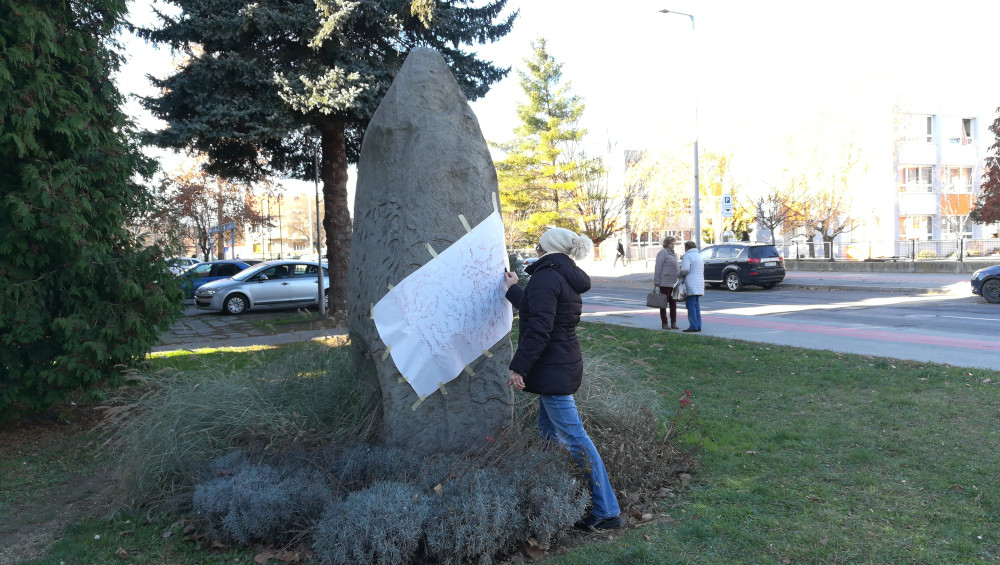
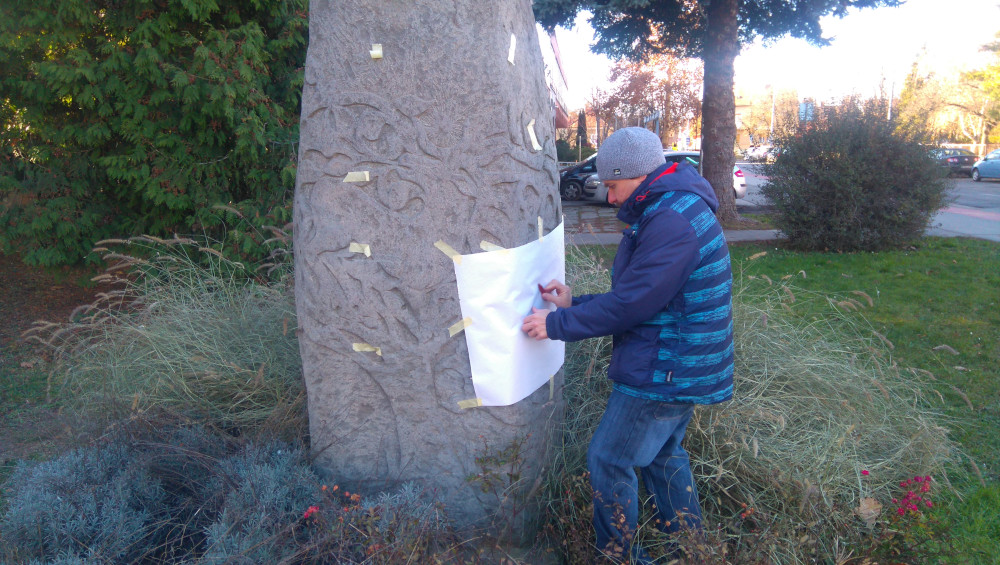
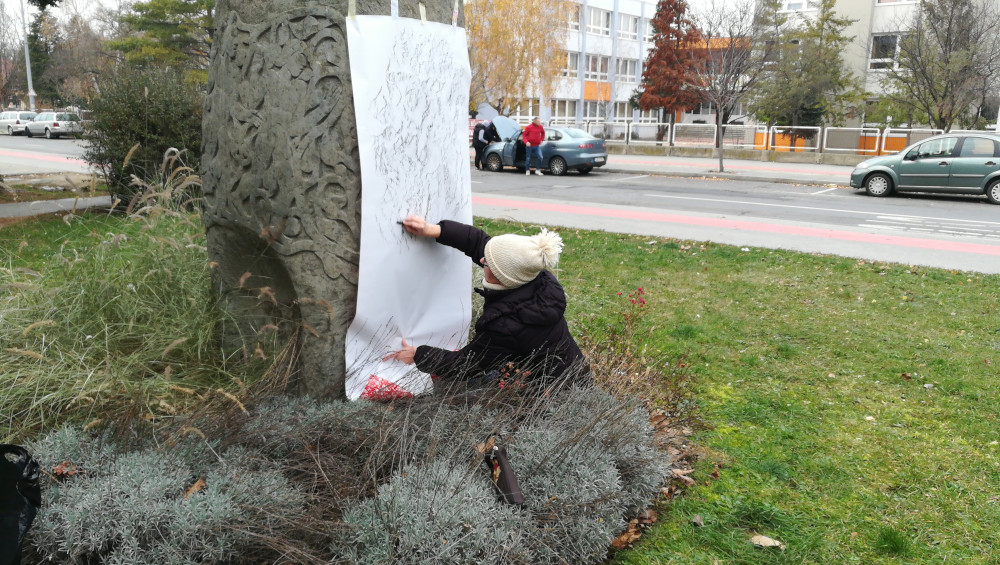
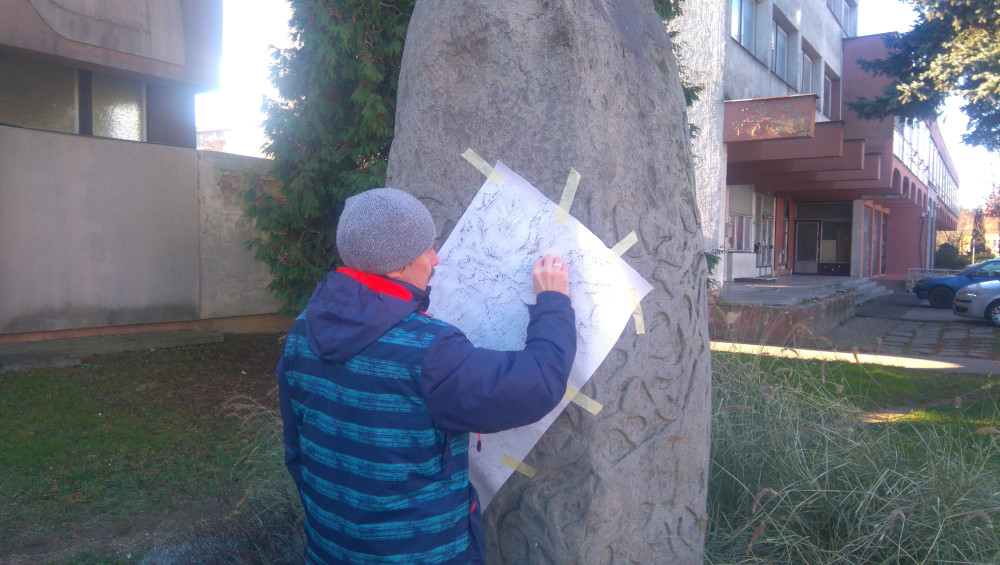
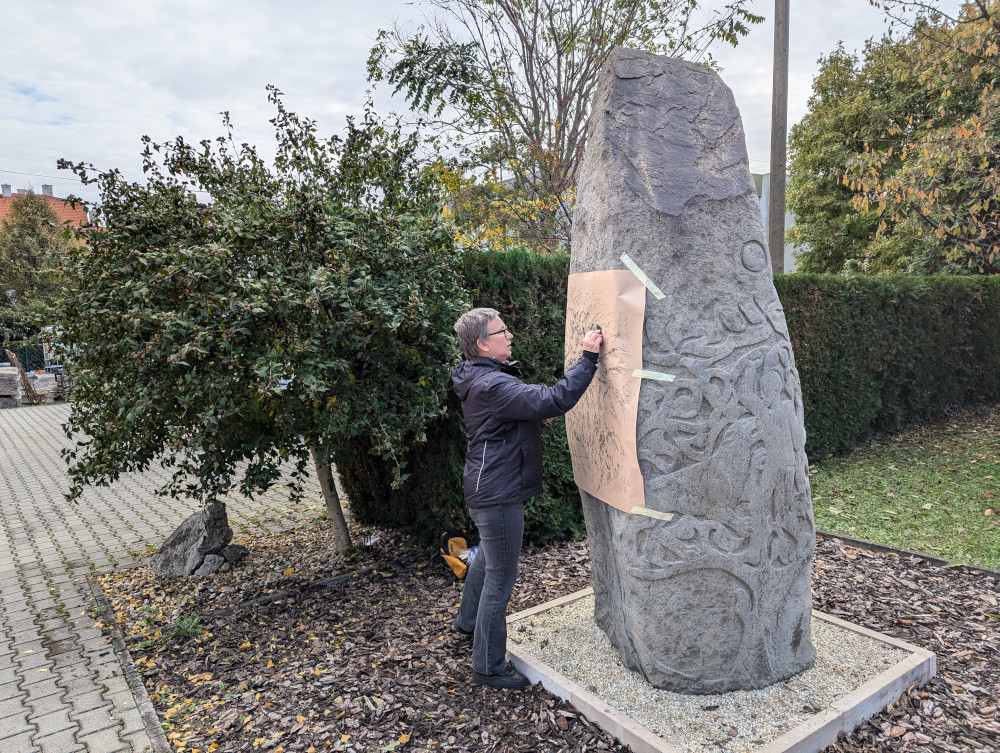
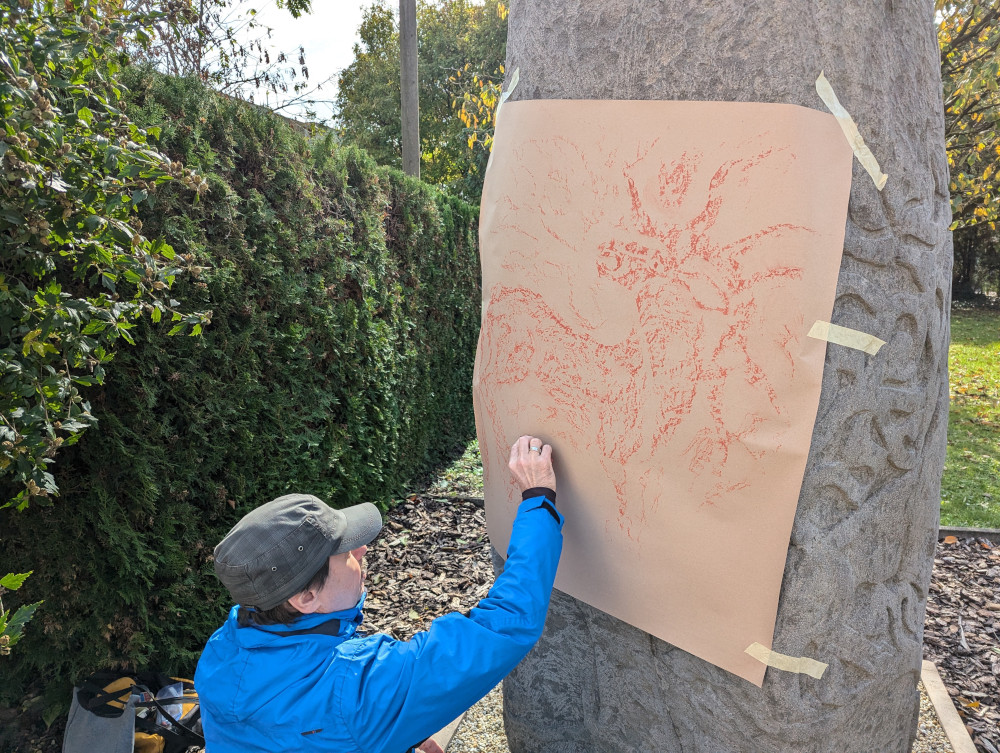

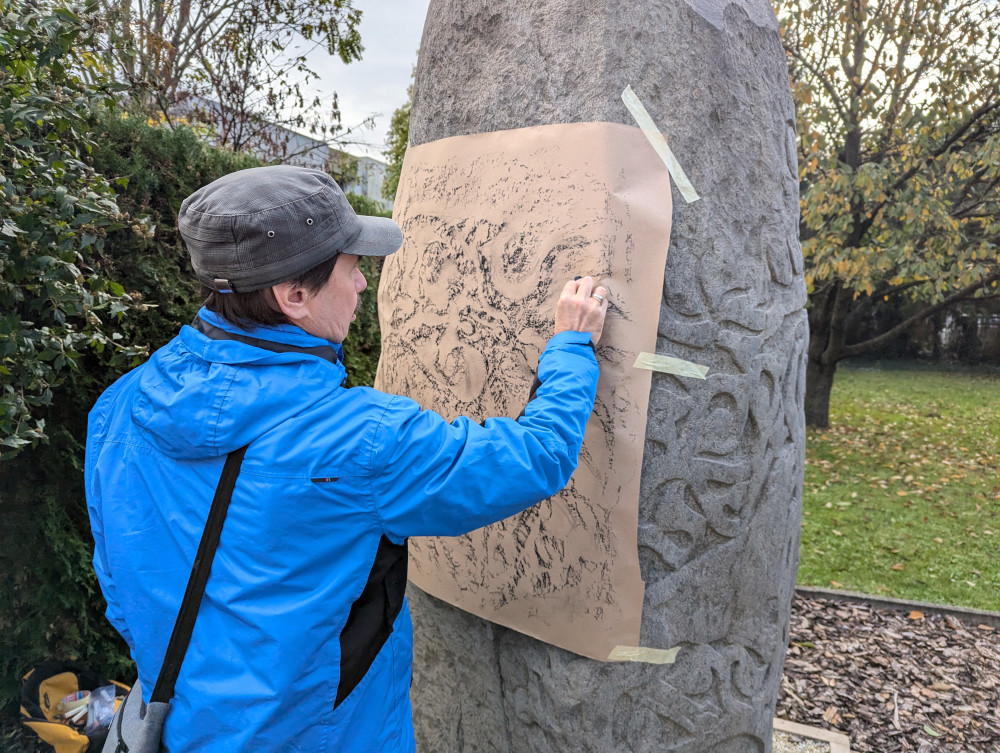
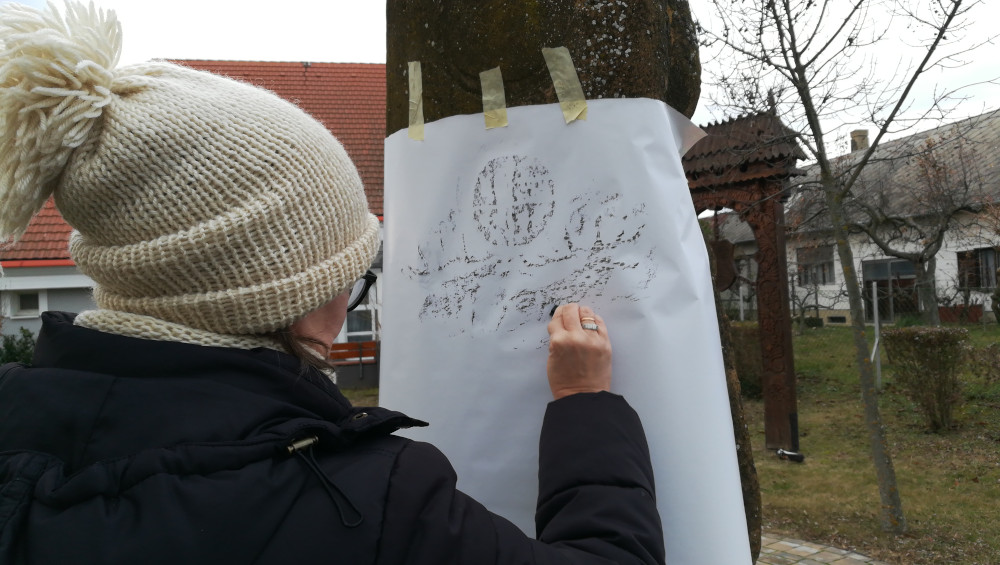
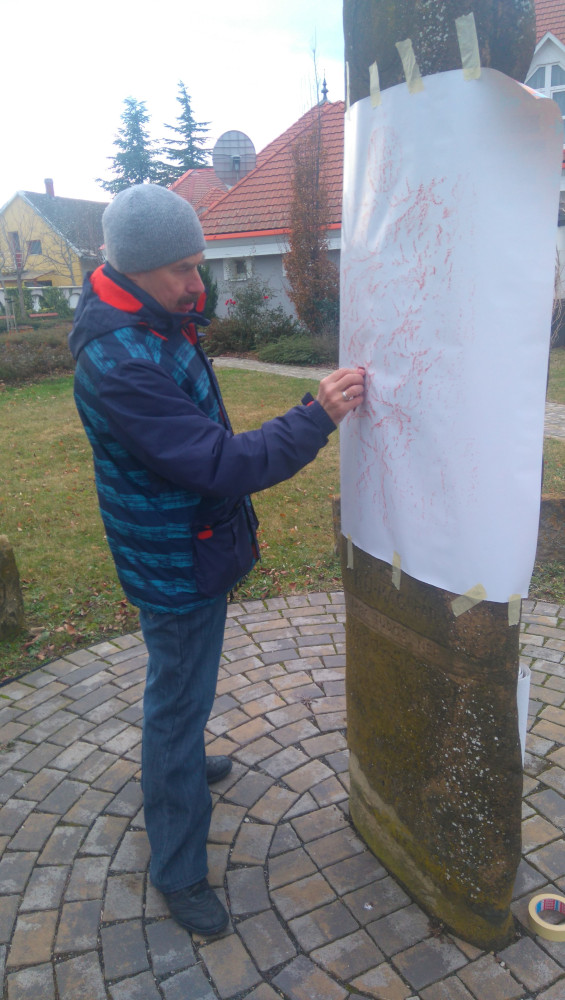
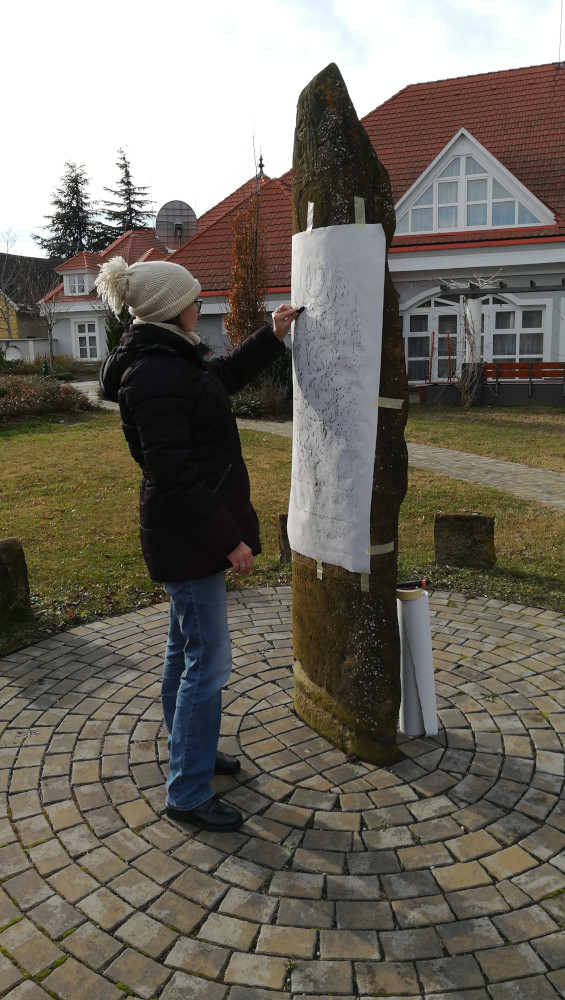

These works were exhibited as part of the international art and educational exhibition project “DeerLand“ [Instagram 1 2 3]
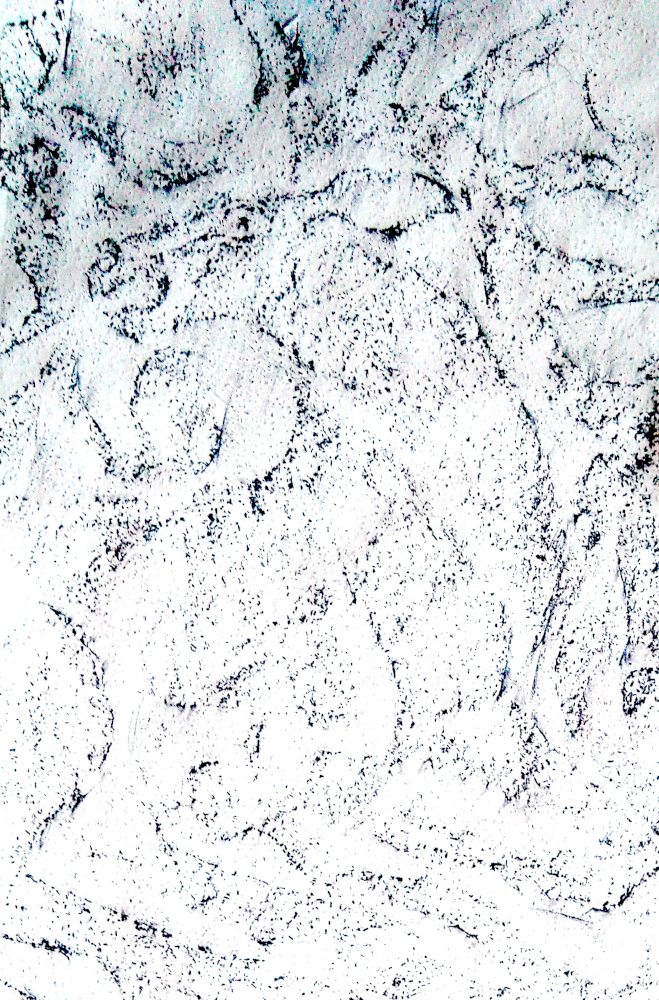
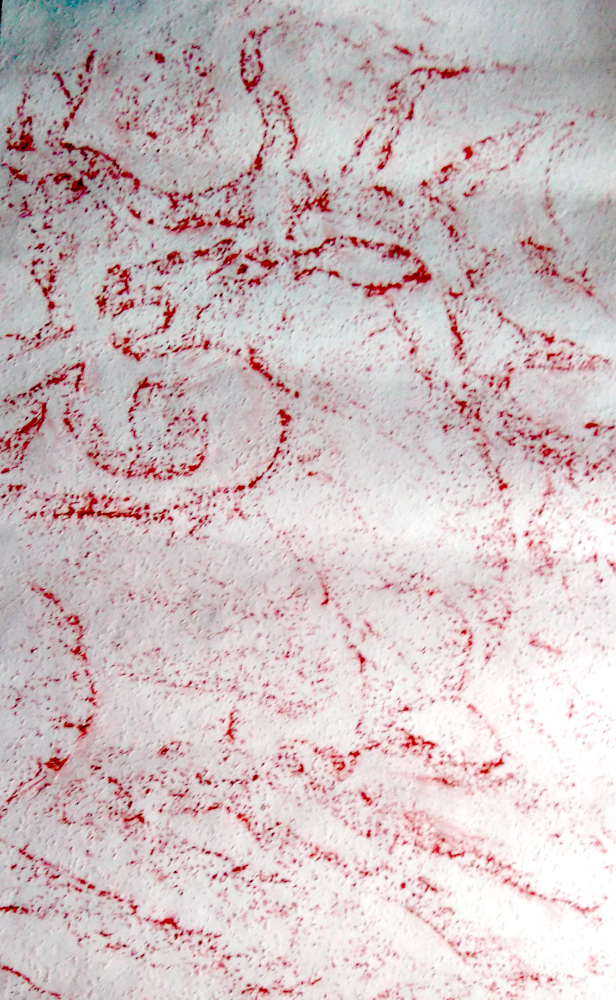
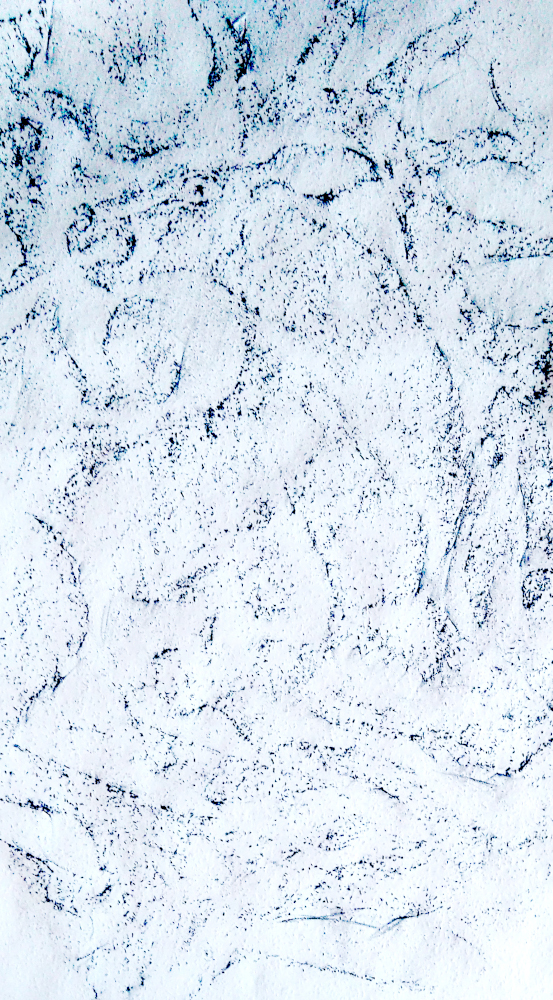
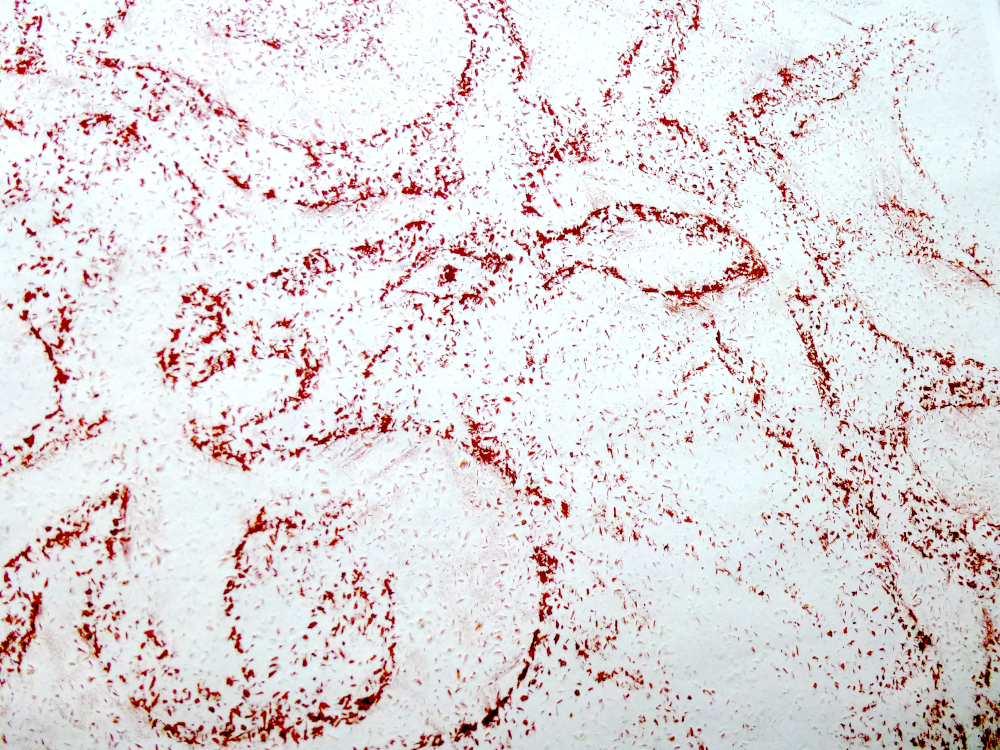
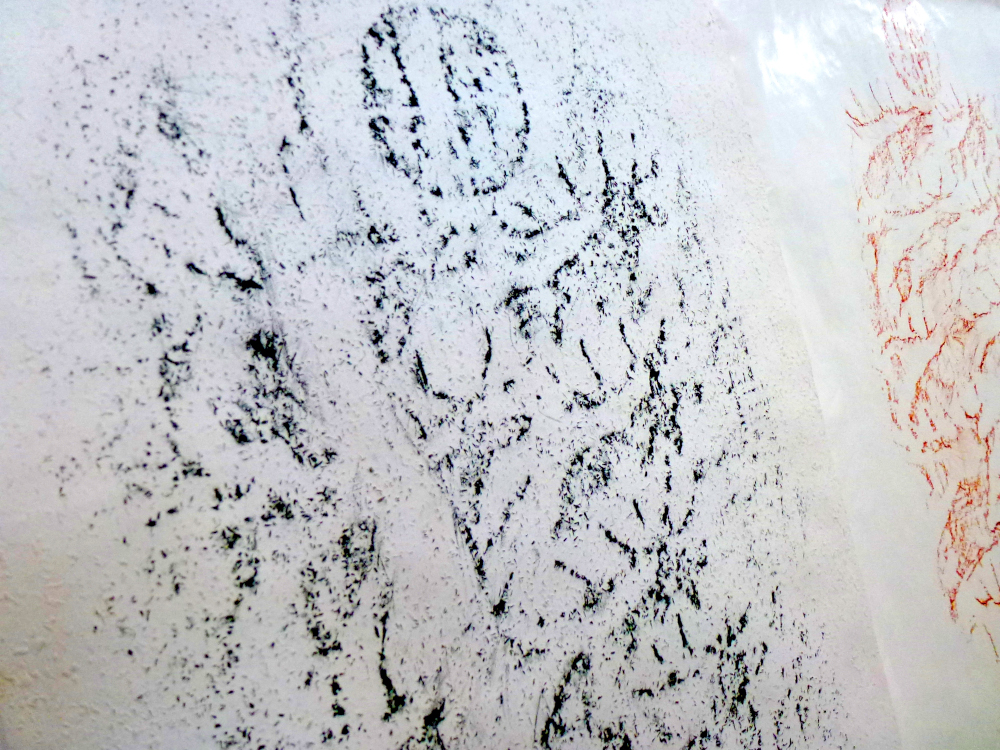
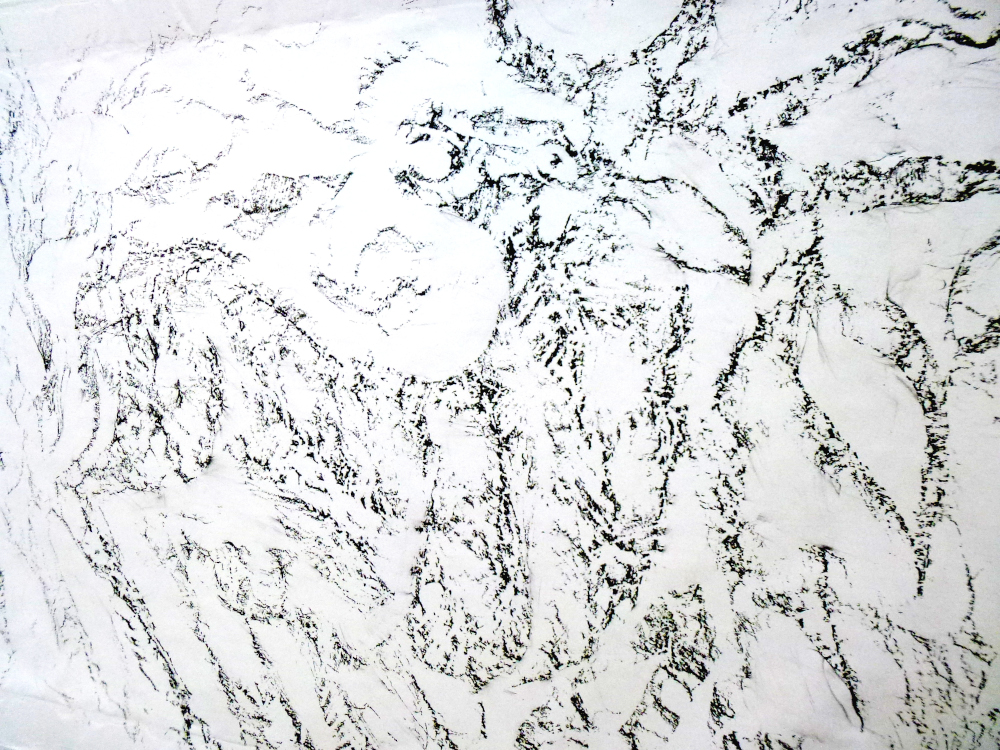
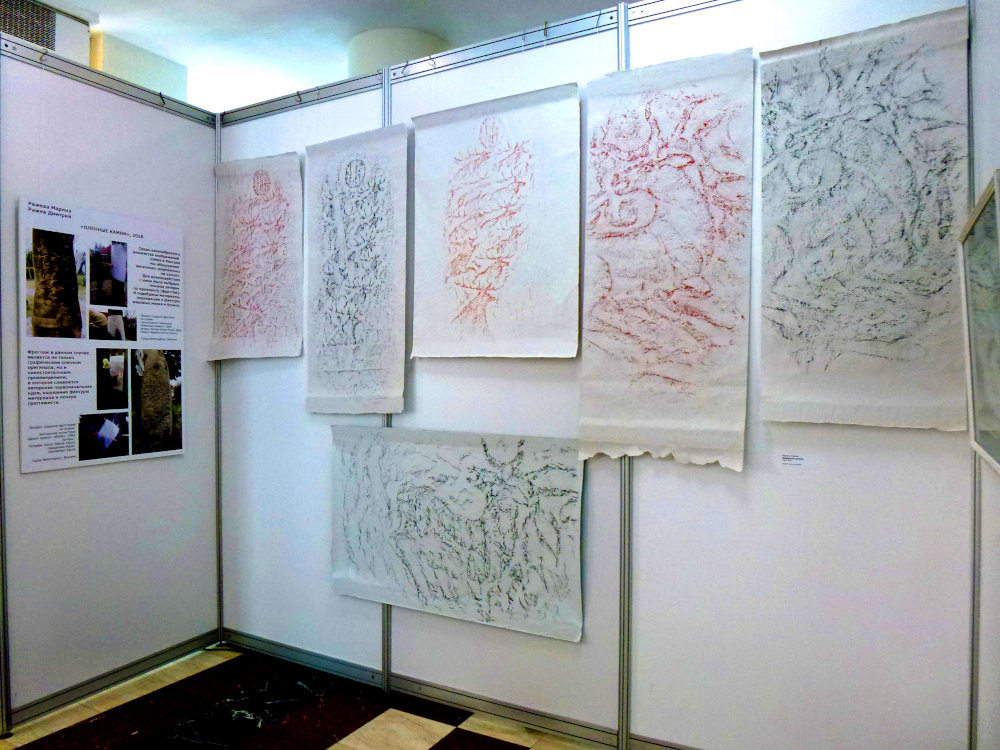
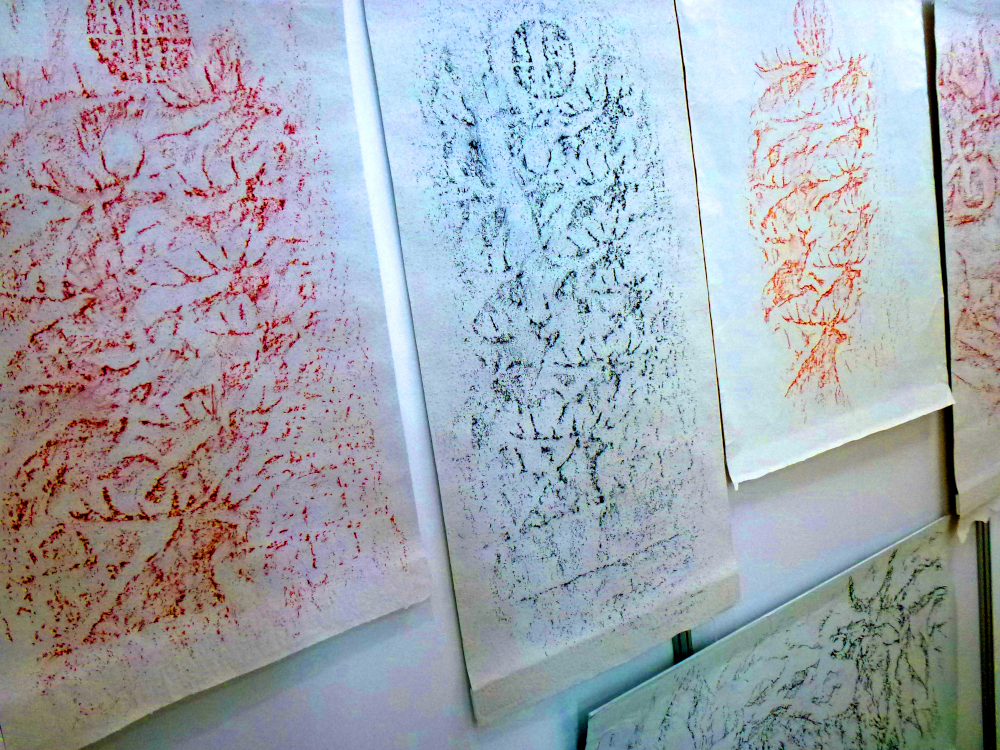

“Field of Deer Stones”
Location: Approximately 5 km south-southeast of Nyirád, in a forest-steppe landscape on the grounds of a long-abandoned military installation.
Author & Date: Created by time, people, and nature.
On a gentle hillside, we discovered rows of concrete posts embedded in the ground at an angle. While their original function is unclear, they are likely remnants of military engineering — possibly barriers or training obstacles from a former late-20th-century training ground.

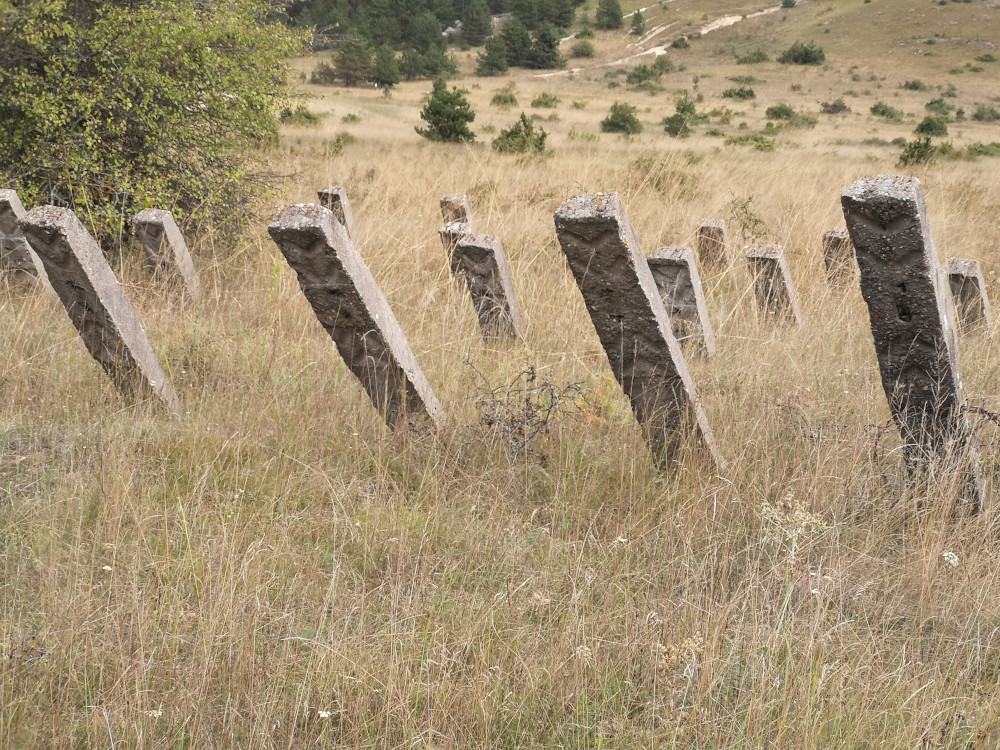

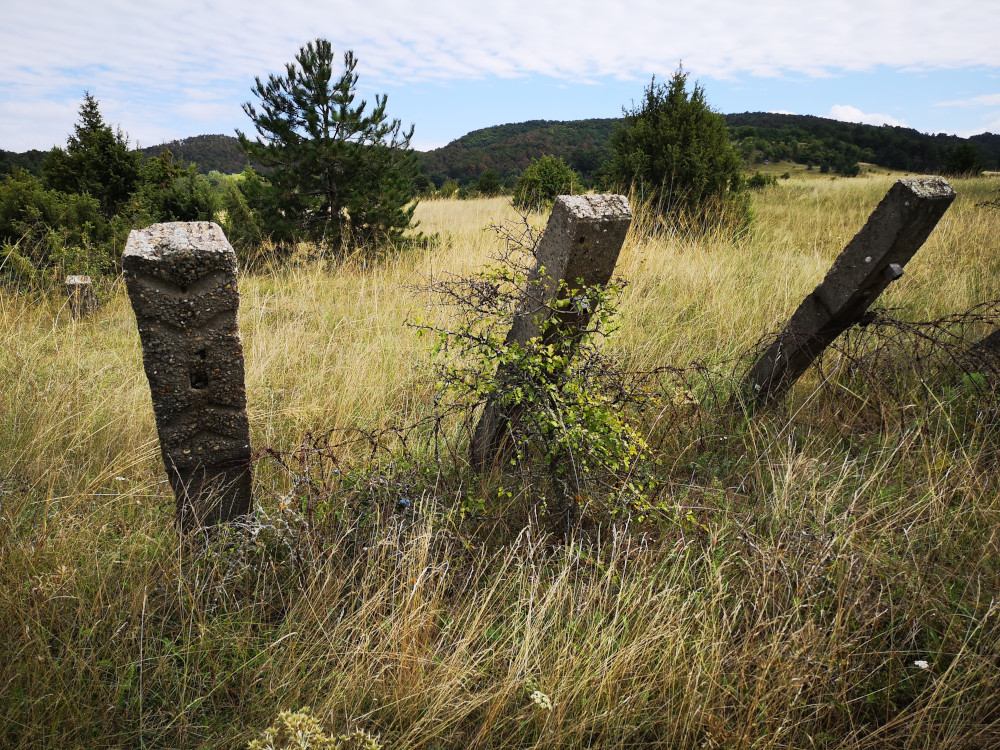
The layout and shape of these structures may be accidental. Yet visually, they evoke strong associations with megalithic alignments — menhirs, deer stones, and ancient stelae. This resonance becomes even more pronounced through artistic processing.
We documented these forms as “found artifacts” and digitally enhanced the images to emphasize their resemblance to ancient monuments. Thus emerged the Field of Reindeer Stones — a visual reconstruction of a myth arising from the intersection of nature, forgetting, and incidental form.

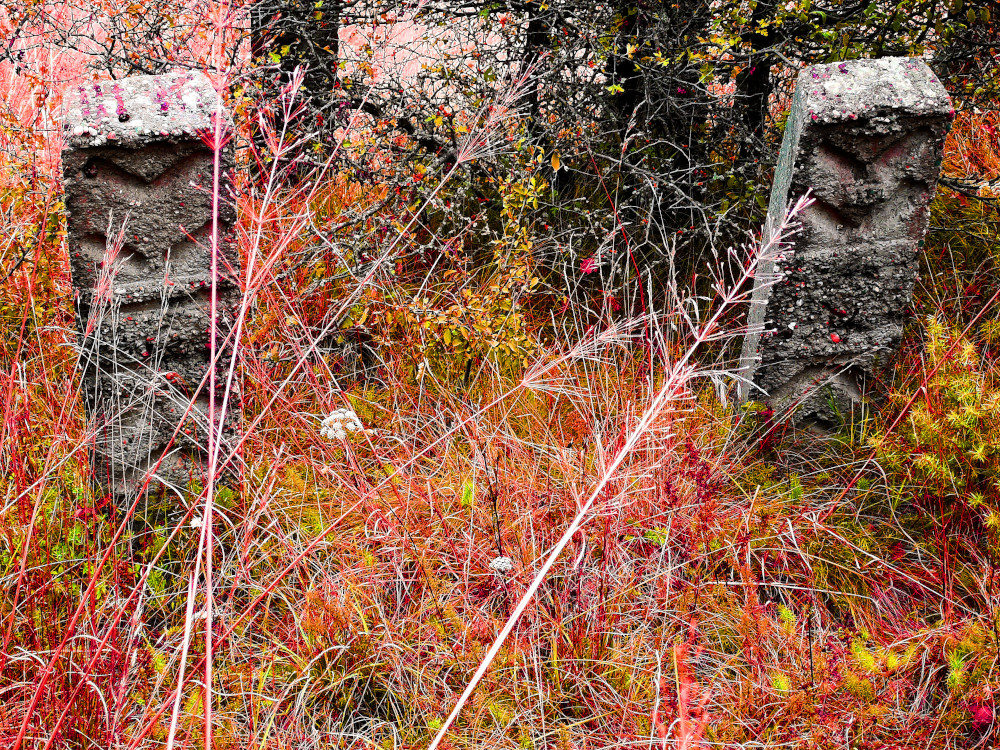
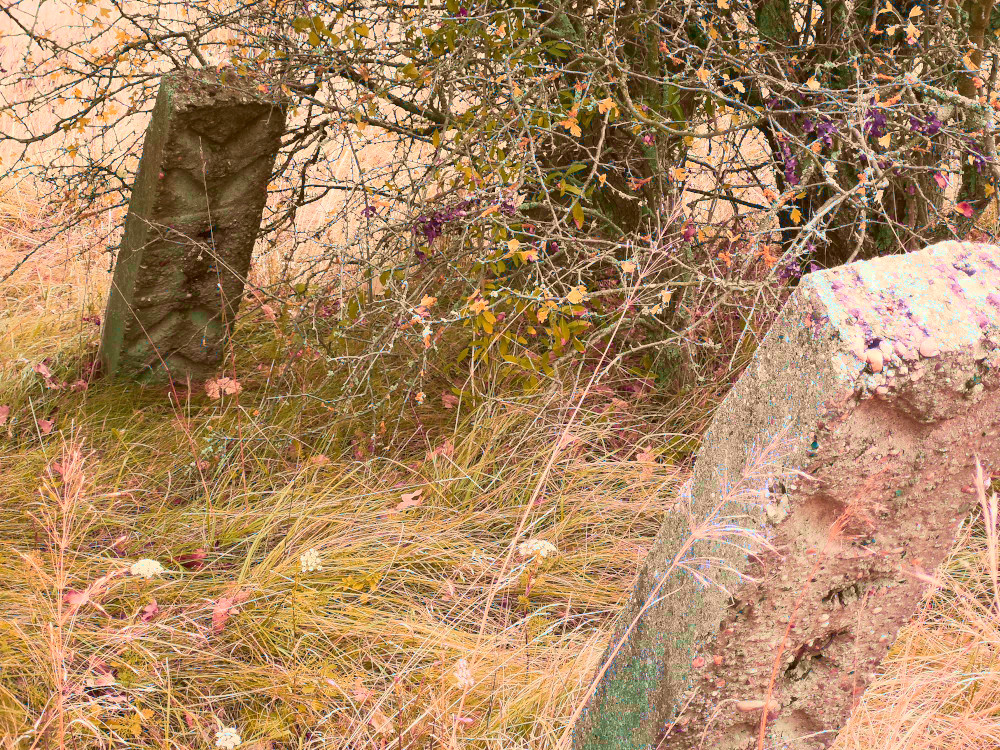

The project draws on the traditions of Siberian and Ural-Altaic deer stones — ancient burial markers carved with weapons, antlers, and symbols connecting different realms. Here, in the Hungarian landscape, a modern echo appears — perhaps unconsciously, perhaps by chance. Yet in this field of frozen forms, the ancient motif of the mediator between worlds seems to reawaken.
This is a powerful example of the “archaeology of the present”: utilitarian structures with lost meaning come to be seen as new archetypes, generating myth.
The series reflects the aesthetic of Revealed Realism: the object is found, but the meaning is overlaid. This corner of the Hungarian cultural landscape became a naturally found site for reinterpreting history, memory, and form — perfectly aligned with our method.
Conclusion
By tracing the echoes of ancient deer stones across time and geography — from Bronze Age Mongolia to the Hungarian cultural landscape — our project reveals how symbols survive, resurface, and transform. Through the lens of Revealed Realism, we seek not only to document but to awaken dormant layers of meaning in the world around us. Whether carved in granite or cast in concrete, the image of the deer continues to mediate between the visible and the invisible, the historical and the mythic, the past and the present.

